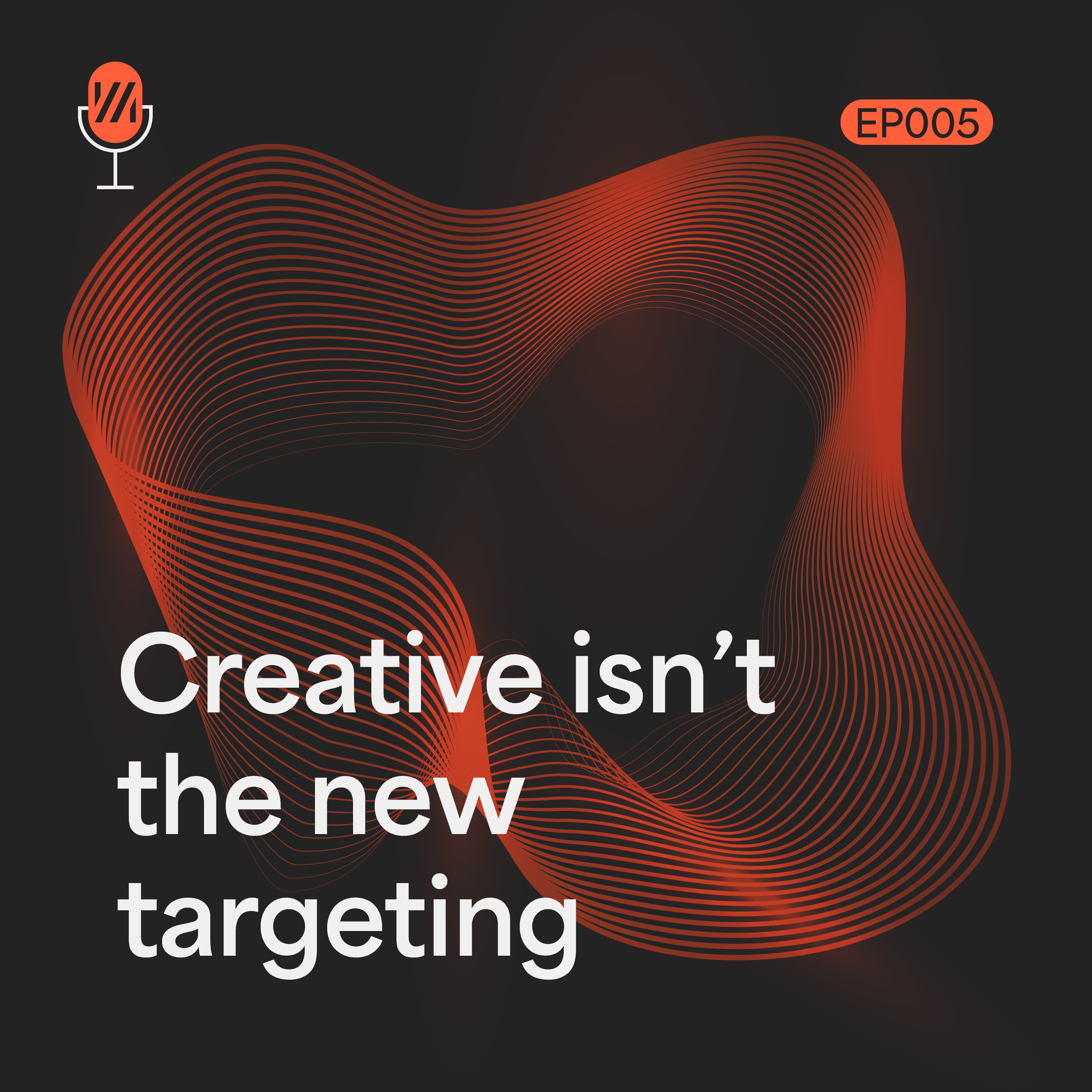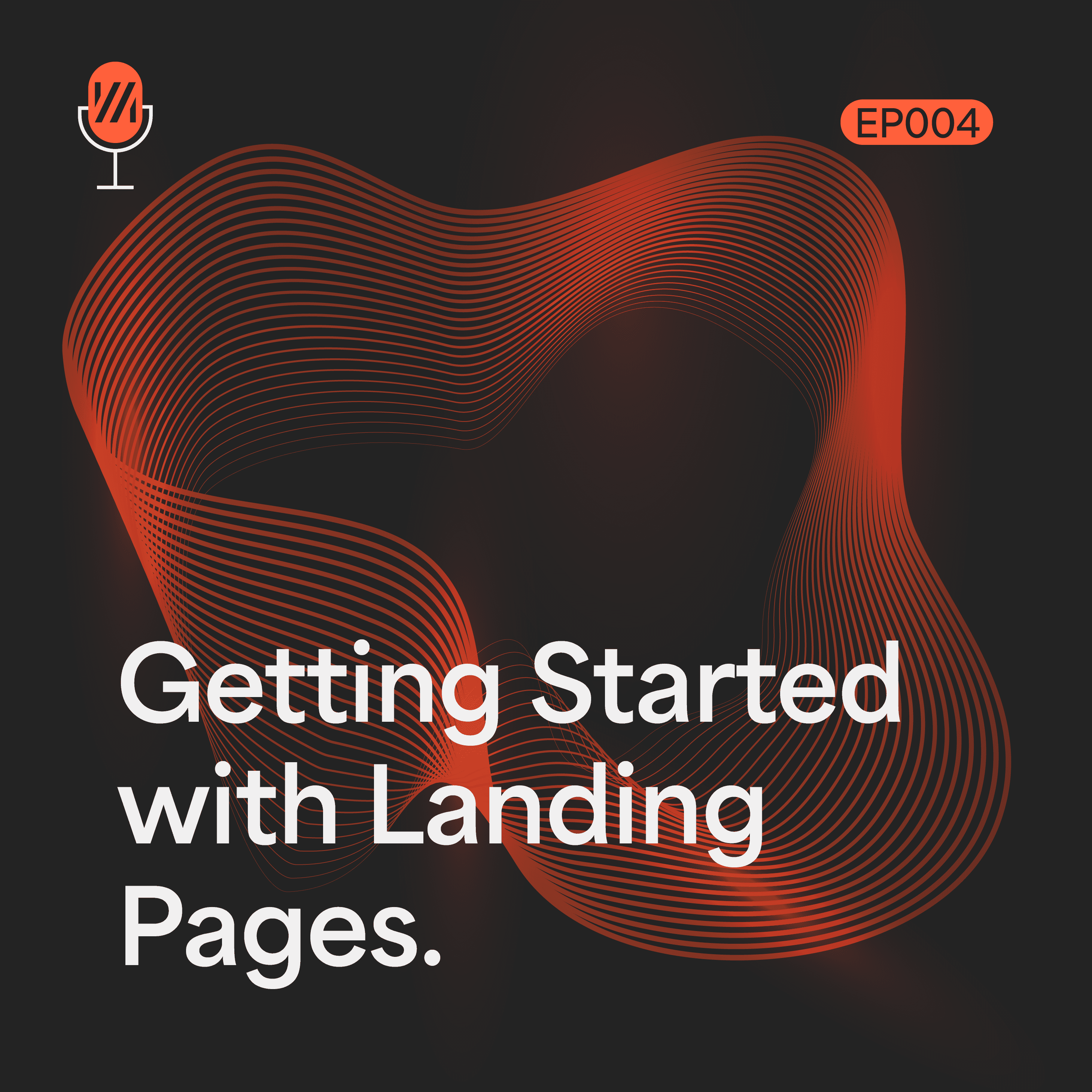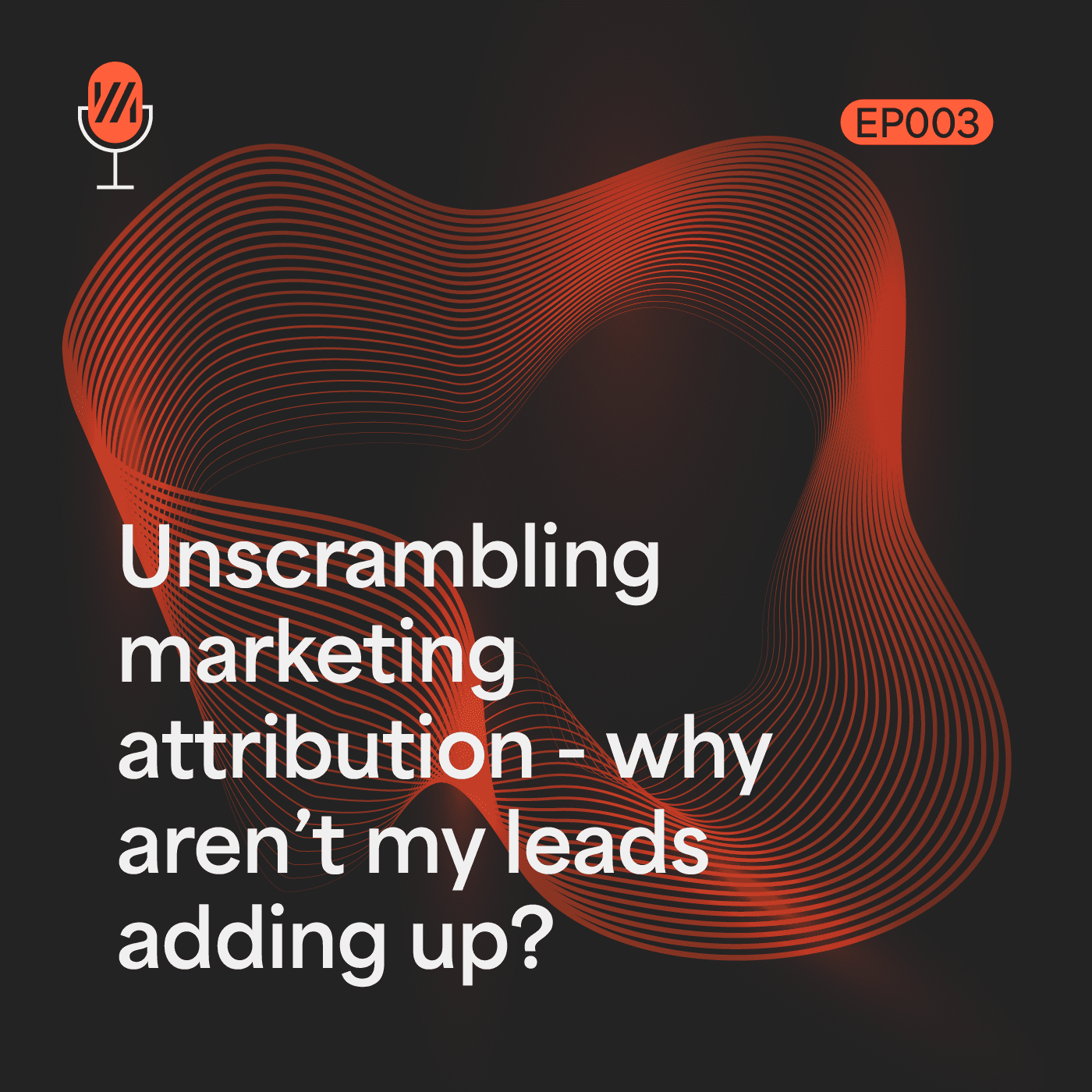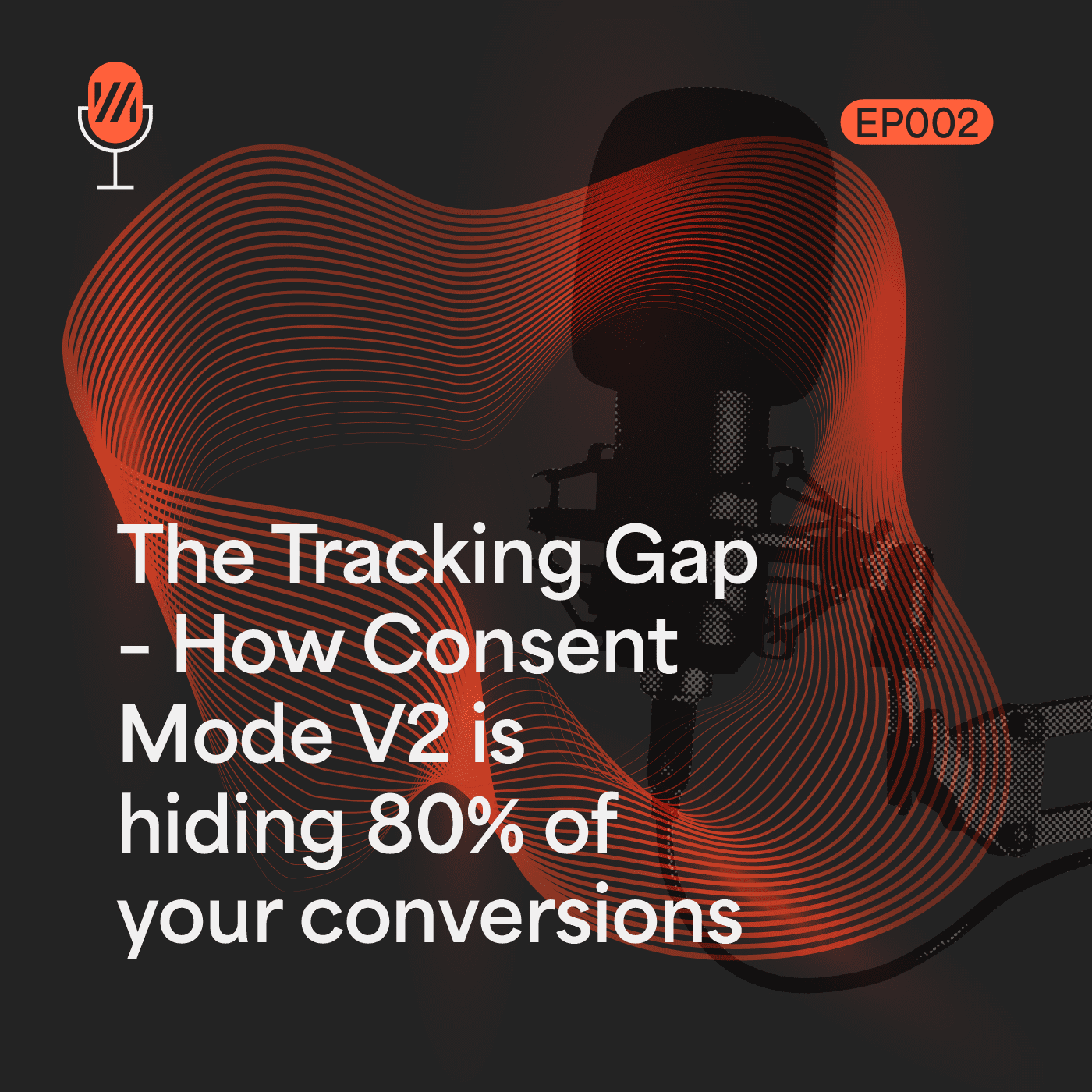In its January updates, Google enhances its enforcement of the EU UCP for audience and measurement solutions.
What is the EU UCP?
The EU UCP reflects the requirements of two European privacy regulations: the ePrivacy Directive (ePD) and the General Data Protection Regulation (GDPR), and requires marketers advertising with Google to obtain and respect end-users’ consent.
Not taking action means:
- Smaller retargeting audiences
- Fewer conversions being counted
- Smaller Customer Match audiences
- Reported ROAS falling and cost per conversion increasing
The risk of losing valuable performance metrics in Google Ads is just too big to ignore.
Does this apply to me?
You should continue reading…
- If you are running Google Ads in the European Economic Area (EEA) region and you don’t have cookie consent banners on your site.
- If you are running Google Ads in the European Economic Area (EEA) region and you have cookie consent banners on your site and you are not blocking tags from firing if consent is denied and you are not sending consent data back to Google.
- If you are running Google Ads in the European Economic Area (EEA) region and you have cookie consent banners on your site and you are blocking tags from firing if consent is denied.
- If none of the above applies to you and you want your cookie compliance as up to date as possible.
Google GDPR updates: Adapt to privacy and regulatory changes with consent mode V2
In a nutshell, the enhanced enforcement means that if you’re targeting consumers in the European Economic Area (EEA) you must send verifiable consent signals to Google to ensure campaign performance.
What this means in real terms:
- Clicks, impressions and any data that comes directly from Google will be unaffected
- Remarketing audiences, conversions and Customer Match lists gathered from your website will only be processed if the appropriate consent is gathered from the user AND passed back to Google
- If you’re running ads in the European Economic Area (EEA) region and you’re using conversion tracking, remarketing audiences, or customer match, you will likely experience drastic loss in the amount of data you collect for these three things
What is Consent Mode V2?
Data privacy frameworks like the GDPR in Europe, CCPA in California and CPA in Colorado are continuing to become more commonplace.
Google Consent Mode V2 is Google’s response to ensuring all data it uses is compliant with data privacy frameworks.
How to set up consent mode v2
To have Consent Mode V2 installed, you need:
- A cookie consent banner on your website
- Users to interact with that banner – consenting to or denying access to sharing that data with 3rd parties (i.e. Google Ads & Google Analytics)
- Those consent settings being passed back to Google (via the Google Tag) so that it knows whether to process them or not
If you have all of the above setup, using Consent Mode V1 – you will either have a…
- Basic installation – where you will be blocking tags from firing in Google Tag Manager if no consent is given
- Advanced installation – firing tags and passing back consent signals to the Google Tag for ad_storage and analytics_storage even when consent is not given
Advanced installation is recommended to maximise the amount of data you can process while remaining compliant.
For Consent Mode V2 (by March 2024) you will also need to pass back consent signals for ad_user_data and ad_personalization.
The easiest route to becoming Consent Mode compliant is by using a Consent Management Platform (CMP).
Pro tip: you need to encourage as many website users as possible to consent or deny the processing of their data. In our experience, an ignorable cookie consent banner can lead to a loss of up to 80% of measurable data.
What is a Consent Management Platform (CMP)?
A consent management platform (CMP) is the technology that websites use to obtain legal consent from users to process their personal data.
The best example of this is cookie consent banners that pop up when you first visit a website.
Google CMP partners
Google has a CMP partner badge that’s awarded to CMP’s that are integrated with Consent Mode and Google Tag Manager.
These partners assist advertisers by implementing or upgrading consent banners, managing content, and passing consent signals back to Google via consent mode for conversion measurement and audience targeting.
In a bid to smooth the path for advertisers, several of these CMP partners offer automatic upgrades to the latest consent mode API.
Free Google Ads Audit
TRANSFORM YOUR AD PERFORMANCE TODAY!
3 tailored high-impact recommendations. No obligation. Free of charge.
Lay the foundation for future changes
Big changes are coming to the way Google Ads handles data this year.
In the second half of 2024 Google will roll out its planned third party cookie depreciation on Chrome. There are also further regulatory changes being introduced with the Digital Marketers Act (DMA).
Here’s a timeline of changes on the horizon:
- Right now (as of January 2024) Google are trialling a cookieless browser with 1% of its UK users
- From March 2024, Google Consent Mode V2 will be mandatory by for processing consent data from Users in the the European Economic Area (EEA) region
- From Q3 2024, a cookieless version of Chrome will be rolled out to all UK users
So while adapting to these recently launched changes with consent mode means more work now, they will help you build a strong foundation for success when the bigger changes are introduced later in the year.
Further resources
- Bob & Miles at PPC Mastery have put together this brilliant free guide to implementing Consent Mode V2 using the CookieBot CMP
- Simo Ahava has put together this thorough technical breakdown of Consent Mode V2 and how it works
- Google Ads product liaison Ginny Marvin has put together this super insightful Q&A
- Here’s the list of Google approved CMP partners
- After March, it’s time to ensure you have Google’s server side tracking solution Enhanced Conversions set up and enabled, so that you’re cookieless ready.




